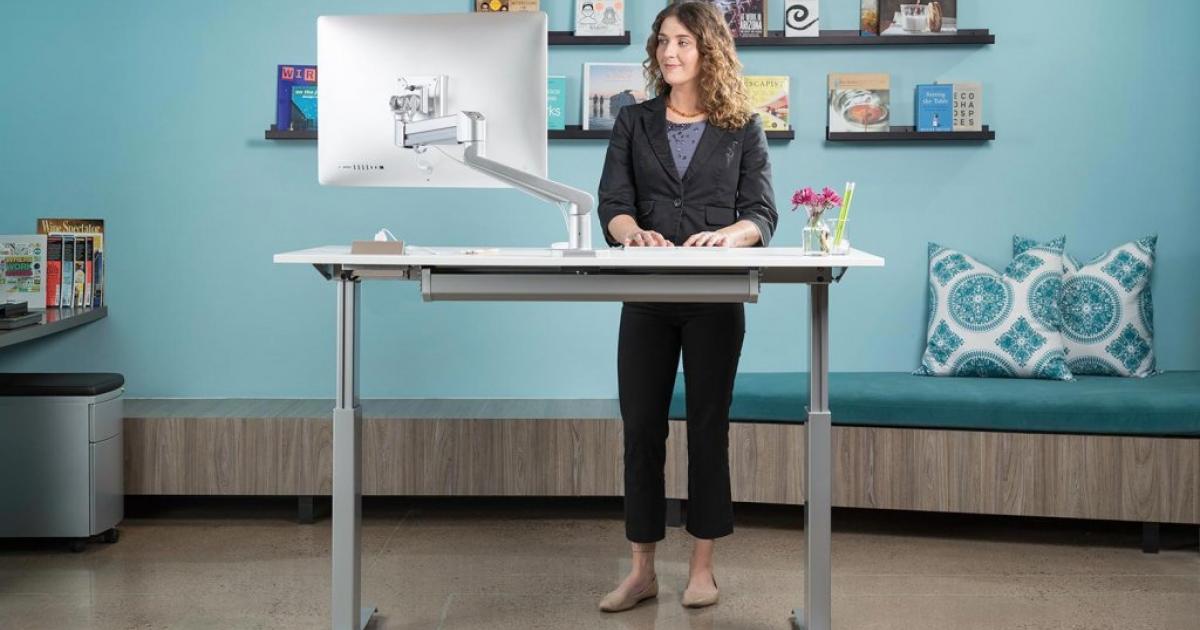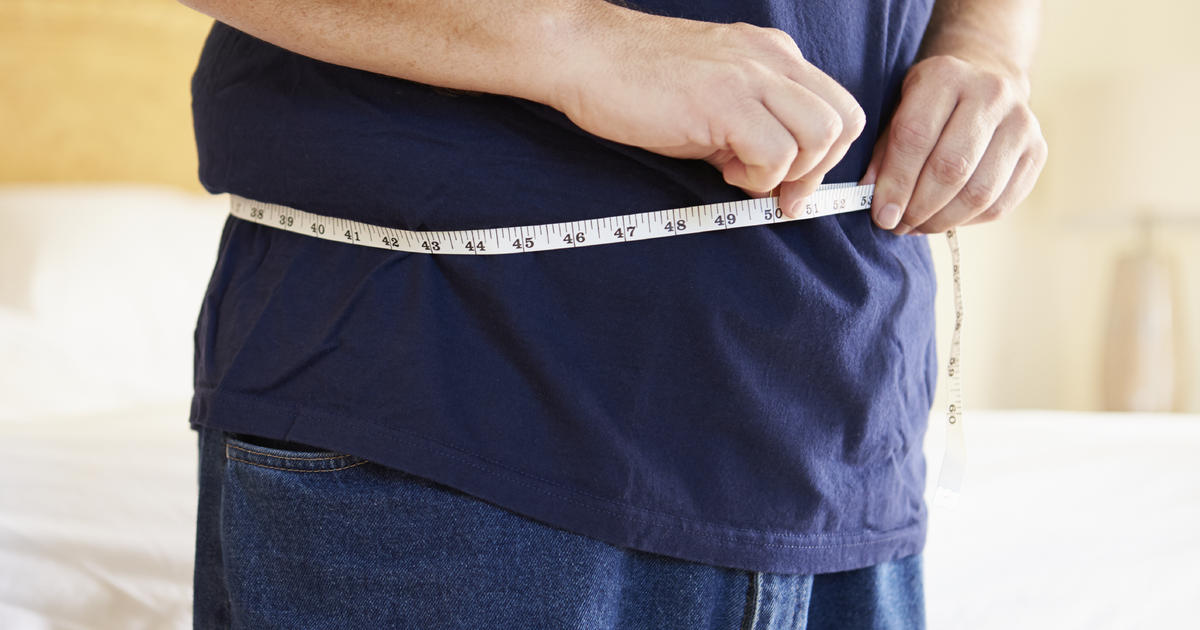Common Causes Of Varicose Veins
Varicose veins are veins that have become twisted and enlarged. Most individuals develop varicose veins in their legs, though it's possible for any superficial vein to develop this condition. The reason the legs are affected so commonly is walking upright and standing causes increased pressure on an individual's lower body's veins. Many patients don't experience health-related symptoms due to their varicose veins, and the condition is just a cosmetic worry. But others have discomfort and aching pain due to the veins. Varicose veins can cause more serious problems to develop, and these can be life-threatening in rare cases.
Several risk factors and conditions can cause individuals to develop varicose veins. Reveal the most common ones now.
Standing For Long Periods

Standing for long periods increases an individual's risk of developing varicose veins. To a lesser extent, sitting in the same position for hours also increases this risk. Sitting has a lower risk than standing because the pressure on the legs isn't as great. When individuals stay in the same position for a long time, their blood doesn't circulate as efficiently. Decreased blood flow can cause blood to pool in the legs instead of moving back to the heart, which can, in turn, cause vein enlargement.
If individuals have an office job, they should stretch regularly, shift positions in their chair, and get up and walk around every hour or so. If an individual's job requires long periods of standing, such as being a cashier, it can be helpful if they walk around and move their body. Even shifting weight from foot to foot can help. Individuals who stand for a long time every day might also benefit from compression socks, which improve circulation and keep blood from pooling in the legs.
Learn more about what can result in varicose veins now.
Obesity

Obesity can increase an individual's risk of developing varicose veins. Having a higher weight means the downward pressure against their legs is heightened, which can cause their veins to enlarge and become twisted much more easily. If individuals are overweight, the best way for them to avoid developing varicose veins is by exercising regularly, wearing compression garments, and making sure they don't hold one position for too much time.
If the number on the scale is technically overweight, but most of that weight is from muscle rather than fat, individuals will have a lower risk of developing varicose veins because of the increased cardiovascular health. They can also avoid varicose veins by elevating their legs above their hips when possible. This may be achieved through resting legs on a table or bed with a stack of pillows underneath. High-fiber and low-salt diets can decrease fluid retention and regulate an individual's digestive tract, which can help prevent varicose veins.
Keep reading to learn more about what causes varicose veins now.
Constipation

One bout of constipation won't typically contribute to varicose veins. But if an individual suffers from chronic constipation issues, they're more likely to develop varicose veins. Constipation occurs when individuals have trouble with their bowel movements or don't have as many bowel movements as they usually do. The majority of cases of constipation aren't serious and can be rectified with proper hydration and more fiber intake. However, some conditions can cause constipation to be chronic.
Individuals shouldn't go longer than three days without having a bowel movement. Three days is long enough for fecal matter to harden and become more difficult to move. In addition to individuals adding fiber to their diet and drinking more water, exercising helps ease constipation. Exercise makes the digestive muscles work more actively. If none of these things work, patients can use a laxative to try to induce a bowel movement. However, they should avoid taking laxatives regularly, and always talk to a doctor before trying any new laxatives or other medications.
Uncover another reason varicose veins can occur now.
Pregnancy

Pregnancy is one of the most common reasons women develop varicose veins. Throughout a pregnancy, the amount of blood inside a woman's body goes through a substantial increase. The increased blood helps support the fetus as it grows. But it can also cause the veins in the woman's legs to become enlarged. The added pressure from the pregnancy weight also increases the woman's risk of varicose veins. It's important for women to take care of their health by eating and hydrating correctly during their pregnancy. Weight gain is not only normal, but it's also imperative for healthy development. Women shouldn't avoid food or make any drastic lifestyle changes during their pregnancy without first consulting a doctor. Basic at-home methods can help ease the discomfort from the increased pressure and fluid buildup in the legs. Women should elevate their legs when they can so they can rest their feet and let blood flow through the rest of their body. Compression garments can also help prevent the pooling of blood. Varicose veins sometimes can't be avoided, though, especially since hormonal changes are thought to play a part.
Learn more about what can increase an individual's risk of developing varicose veins now.
Family History And Age

Family history and age are two risk factors individuals can't do much to mitigate. While it's not automatically guaranteed an individual will develop varicose veins if a family member has them, but their risk is significantly higher if this is the case. Similarly, an individual's risk of developing the condition becomes higher as they get older, because the natural process of aging leads to a wearing-down of the valves that regulate blood flow inside an individual's veins. After a long period, the wear causes the valves to stop functioning as well as they used to, and some might not function at all. Instead of pushing the blood in one direction through the circulatory system, the valves may allow blood to flow back into the veins instead of toward the heart. This blood collects in the body. Valve leakage can cause varicose veins to develop anywhere, but the legs are most common because of the natural settling of fluid.